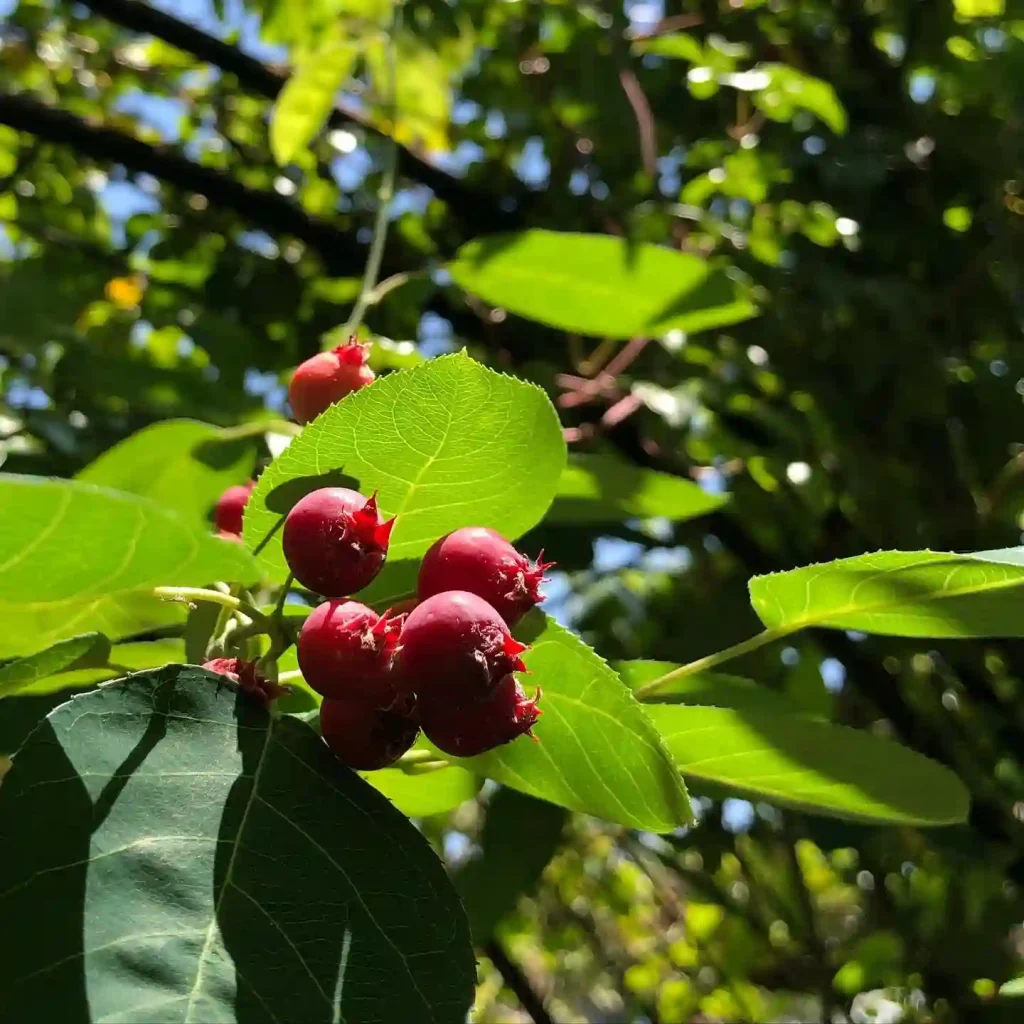My Fascination with Melocactus
Cactaceae, the family of cacti has always captivated me, with their unique adaptations and incredible resilience. But among this diverse family, the genus Melocactus holds a special place in my heart. These fascinating plants, also known as melon cacti or Turk’s cap cacti, are instantly recognizable by their distinctive cephalium – a woolly structure that crowns the mature plant like a bizarre, bristly cap.
My own journey with Melocactus began a few years ago when I stumbled upon a peculiar-looking cactus at a local plant nursery. Its globular shape and prominent ribs were typical of many cacti, but the dense, reddish-brown cephalium perched atop the stem was unlike anything I had ever seen. Intrigued, I brought the plant home and delved into the world of Melocactus, and I haven’t looked back since.
What Makes Melocactus Unique?
Melocactus are native to the warmer regions of the Americas, from the Caribbean islands to the coasts of South America. They thrive in a variety of habitats, from coastal dunes to rocky outcrops, showcasing their remarkable adaptability. What truly sets them apart, however, is their unique growth pattern. In their youth, Melocactus resemble many other globular cacti, with ribbed stems and sharp spines. But upon reaching maturity, they undergo a dramatic transformation.
The stem stops growing, and a cephalium begins to develop at the apex. This cephalium is a dense mass of areoles – the small, cushion-like structures from which spines, flowers, and fruits emerge. In Melocactus, the cephalium is composed of wool and bristles, and it continues to grow throughout the plant’s life, sometimes reaching impressive heights. This unusual structure is not just for show; it serves a vital purpose. The cephalium is where the Melocactus produces its small, pink or red flowers and, eventually, its fleshy, berry-like fruits.
A Diverse Genus
The genus Melocactus comprises over 50 species, each with its own unique characteristics. Some, like Melocactus azureus, are admired for their striking blue-green stems, while others, like Melocactus intortus, are known for their intricately interwoven spines.
- Melocactus acunae León
- Melocactus × albicephalus Buining & Brederoo
- Melocactus andinus R.Gruber ex N.P.Taylor
- Melocactus azureus Buining & Brederoo
- Melocactus bahiensis (Britton & Rose) Luetzelb.
- Melocactus bellavistensis Rauh & Backeb.
- Melocactus braunii Esteves
- Melocactus brederooanus Buining
- Melocactus broadwayi (Britton & Rose) Houghton
- Melocactus caroli-linnaei N.P.Taylor
- Melocactus conoideus Buining & Brederoo
- Melocactus curvispinus Pfeiff.
- Melocactus deinacanthus Buining & Brederoo
- Melocactus ernestii Vaupel
- Melocactus estevesii P.J.Braun
- Melocactus evae Z.Mészáros
- Melocactus ferreophilus Buining & Brederoo
- Melocactus glaucescens Buining & Brederoo
- Melocactus harlowii (Britton & Rose) Vaupel
- Melocactus heimenii P.J.Braun & Gonç.Brito
- Melocactus holguinensis Areces
- Melocactus × horridus Werderm.
- Melocactus inconcinnus Buining & Brederoo
- Melocactus intortus (Mill.) Urb.
- Melocactus lagunaensis (Z.Mészáros) D.Barrios & Majure
- Melocactus lanssensianus P.J.Braun
- Melocactus lemarii (Monv. ex Lem.) Miq. ex Lem.
- Melocactus levitestatus Buining & Brederoo
- Melocactus macracanthos (Salm-Dyck) Link & Otto
- Melocactus matanzanus León
- Melocactus mazelianus Říha
- Melocactus nagyi Z.Mészáros
- Melocactus neoviridescens Guiggi
- Melocactus neryi K.Schum.
- Melocactus oreas Miq.
- Melocactus pachyacanthus Buining & Brederoo
- Melocactus paucispinus Heimen & R.J.Paul
- Melocactus pedernalensis M.M.Mejía & R.G.García
- Melocactus perezassoi Areces
- Melocactus peruvianus Vaupel
- Melocactus praerupticola Areces
- Melocactus pruinosus Werderm.
- Melocactus radoczii Z.Mészáros
- Melocactus salvadorensis Werderm.
- Melocactus santiagoensis D.Barrios & Majure
- Melocactus schatzlii H.Till & R.Gruber
- Melocactus sergipensis N.P.Taylor & Meiado
- Melocactus smithii (Alexander) Buining ex G.D.Rowley
- Melocactus stramineus Suringar
- Melocactus × trachycephalus Suringar
- Melocactus violaceus Pfeiff.
- Melocactus zehntneri (Britton & Rose) Luetzelb.
The Appeal of Melocactus
For me, the appeal of Melocactus lies not only in their unique appearance but also in their resilience and longevity. These cacti are incredibly tough, able to withstand harsh conditions that would wither many other plants. With proper care, a Melocactus can live for decades, its cephalium growing taller and more impressive with each passing year.
Growing Melocactus can be a rewarding experience, but it requires patience and understanding. These cacti are slow-growing and demand well-draining soil and plenty of sunlight. Overwatering is a common pitfall, as Melocactus are susceptible to root rot. But with the right care, these fascinating plants will thrive, adding a touch of the exotic to any collection.
My own Melocactus collection has grown considerably since that first encounter. I find myself drawn to their unique beauty and the sense of history they embody. Each plant is a testament to the enduring power of nature, a survivor that has adapted and thrived in some of the world’s harshest environments.
As I continue to explore the world of Melocactus, I am constantly amazed by their diversity and resilience. They are a reminder that beauty can be found in the most unexpected places and that even the most prickly exterior can conceal a fascinating inner world.
If i die, water my plants!



